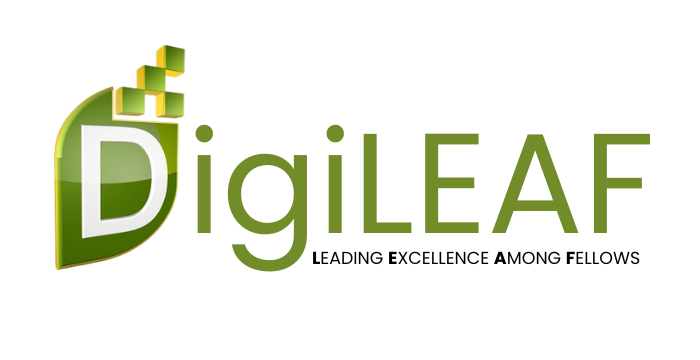In our previous article, we discussed several tips in conducting an Observation. Here we expand…
Observation and the Art of Skillfully Breathing down on One’s Neck (Part 1)
Many people regard their sense of sight among others as one that greatly helps them navigate the world. And it’s no wonder why a lot of business analysts use Observation as an effective and easily-employed technique in eliciting requirements from different stakeholders. We all relate to the marvels of observing in proximity and from afar people, things, and events.
Most of the time, the observation technique is used for process-related undertakings, be it process definition, process improvement, or process re-engineering. It also helps identify and determine the complex interactions between process elements to human stakeholders that couldn’t otherwise be seen on process manuals, memos, company policies, etc.
Observation sessions can be easy-breezy, so long as you bear in mind the following points:
BE CLEAR ON THE OBJECTIVES
Like any events-based elicitation before its commencement, observation should be anchored on clear objectives. At the get go, the analyst and the observee should know the goal of the observation, what manner it will be conducted, the date, time and place, and what data will be collected.
IDENTIFY THE OBSERVATION STRATEGY
Depending on several factors, make sure you know the over-all set up of the observation session. Observations differ in two ways based on two approaches:
BASED ON OBSERVER INVOLVEMENT
- Passive/ Invisible – The observer observes the user working through the business routine but does not ask questions.
- Active/ Visible – Observer observes the current process and immediately ask questions/ clarifications.
Naturally, most business analysts prefer active observation over passive observation because it allows the BAs to comprehend the entire process, elicit more info, and confirm understanding on the fly.
But don’t undermine the efficacy of passive observation! Passive observation is best used when the business analyst is observing a highly delicate process in which the observee must not be disturbed, lest the process will turn haywire. One good example is a pre-med student shadowing doctors who are in the middle of performing a high-risk surgery. Since medical operations require sensitive and careful handling, less to no interaction between the doctor and the pre-med student (or whoever is observing) is strictly recommended.
BASED ON OBSERVEE INVOLVEMENT
- Naturalistic – Observee doesn’t know he or she is being watched.
- Participant – Observee is aware that he or she is being watched.
In other sources, you might hear about Protocol Analysis and Apprenticing, which are offshoots of the Observation technique. In Protocol Analysis, the observee performs an activity while talking through aloud. He or she describes every step, every action conducted, and the thought processes behind every action. A real-life example of a Protocol Analysis is when television viewers watch a cooking show where the chef demonstrates the step-by-step process of following a recipe.
On the other hand, Apprenticing involves the analyst actually learning or performing the task at hand. Unlike in Protocol Analysis, the observee in Apprenticing need not talk or explain in detail how the steps are done, he or she only has to clearly show to the observer or business analyst how to carry out the process. Apprenticing, therefore, is best used for process users who are not so articulate and forthcoming. In this approach, the business analyst must go the extra mile, beyond just observing and asking questions, to thoroughly learn the ropes of the process.
ESTABLISH RAPPORT WITH THE OBSERVEE
In any elicitation session, the business analyst starts with breaking through the walls between him and the stakeholder. Prior to observation, the business analyst should make it clear that he is not out to get whoever will be observed. You, as the BA, aren’t there to find faults and ultimately identify a scapegoat for gone-out-of-control processes. No one likes to be audited anyway, so make sure you earn the trust of the observee.
Add to that is the tendency of the observation effort to elicit spurious results. Remember what the Observer effect in Quantum Physics says about it, “the behavior of a particle alters in the presence of an observer.” The mere act of observing people, especially if they know they’re being observed, can significantly affect their performance. The awareness will result into greater quality of outputs than usual, better productivity than usual, or stronger display of enthusiasm among the observed. Instead of capturing the process in the lens of its normal environmental conditions, what is often presented is a La La Land of unreal actors in make-believe, farcical business settings.
To be continued…
